Who was the author of the famous forgeries? When and where were they written? In an online lecture held on April 28, the latest in the MGH lecture series „Zurück zu den Quellen“ (Back to the sources), Prof. Eric Knibbs (MGH) sought to answer these central questions. Even the non-scholars of Canon law in the audience of some 60 viewers enjoyed a stimulating presentation of his research results.
In particular, we learnt more about the grounds that may have prompted one or more 9th century churchmen to forge documents in a collection of legal texts in support of their own agenda. Motives such as differences of opinion over certain guidelines, personal proclivities, annoyances on account of political influence, or particular moral and spiritual expectations regarding episcopal office, are probably timeless and easily understandable to the modern mind. Even „Pseudo-Isidore’s“ method of mixing false assertions with a larger portion of correct information is quite familiar to us in the 21st century.
As to the who, when and where: Here is what Eric Knibbs had to say:
Who did it? In any case, it was not Paschasius Radbertus, but rather one or more clergymen connected with Archbishop Ebbo of Rheims.
When? In the 840s.
Where? Not exclusively in Corbie, but rather in a number of different monasteries and cathedral chapters in present-day northern France (a central clue is the use of a small, highly specialised „reference library“)
For more information on Pseudo-Isidore, visit the project website of Prof. Eric Knibbs: pseudo-isidore.com
If you are interested in upcoming MGH events, please send a short e-mail to: annette.marquard-mois@mgh.de


